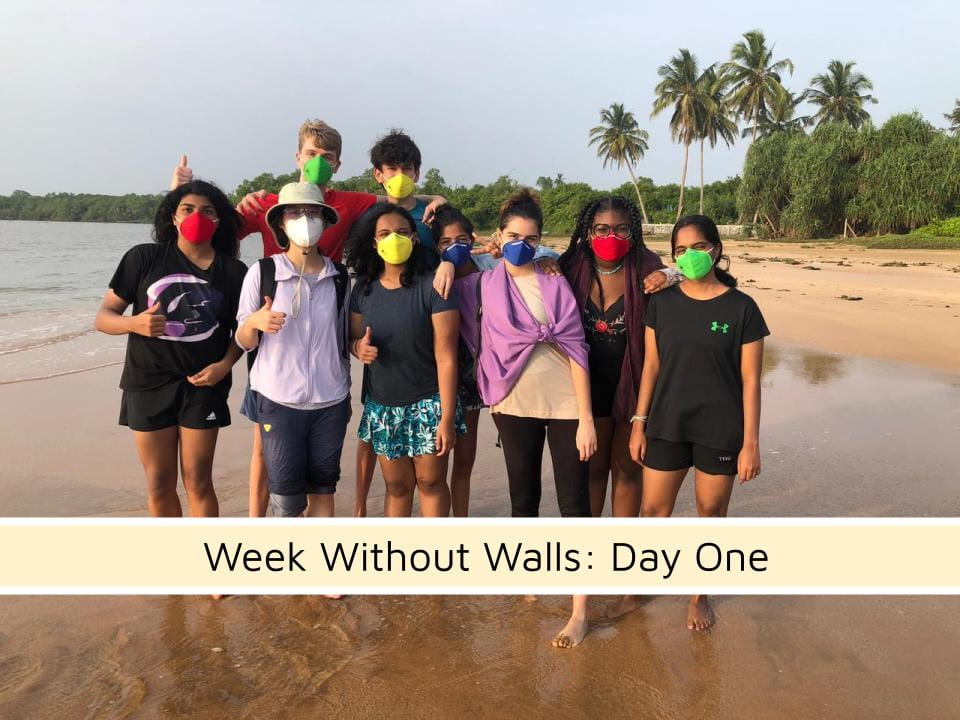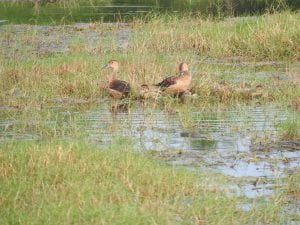
Day Two Summary:
Day Two was easily the most action-packed day of the whole trip. We woke up at an early 6:15 and started our day with a comprehensive bird watch, accompanied by tea and biscuits. Straight after breakfast, we set off to Sithulpawwa. When we arrived at the parking lot we were greeted with boars, an elephant and a sambar deer, all of which seemed comfortable around humans, and were searching for food. We hiked up to the temple which faced a large portion of the untouched Yala national park. We continued exploring caves that contained statues of the Buddha, and bats. We had to hike up to visit the second temple. It was not easy as it was mainly on rough terrane, and rock sides. We saw several birds on the way down, including a crested serpent eagle.
After visiting the temple, we made our way to Bundala national park, mainly known for its birdlife. We saw hundreds of birds, and some endemic, endangered and rare birds. Here is a list of some of the most memorable birds:
- Blue-tailed bee-eater

Group Photo after Hiking up Sithulpawwa - Crested Serpent eagles
- Painted storks
- Whistling ducks
- Osprays
- Water Cocks
- Egrets
- Yello waddled lapwings
- Spoon Bills
- Open Bills
- Great thick-knees
- Water Hen
- Black Headed Ibis
At 6:00 when the park closed we headed back home, arriving in time for dinner. After some downtime we did another night walk, this time going even further. We stopped to gaze at the stars and the sounds of nature.
IB learner Outcomes:
I demonstrated that challenges were undertaken and that I developed new skills. Hiking up to the second temple at Sithulpawwa, was very exhausting, as it was a steep climb, and in mid-day dry Sri Lankan heat. I learned new skills in photography, being out in a national park in a jeep, allowed me to experiment with different techniques and allowed me to improve my photo-taking skills.
Photos I took at Sithuupala and Bundala:






